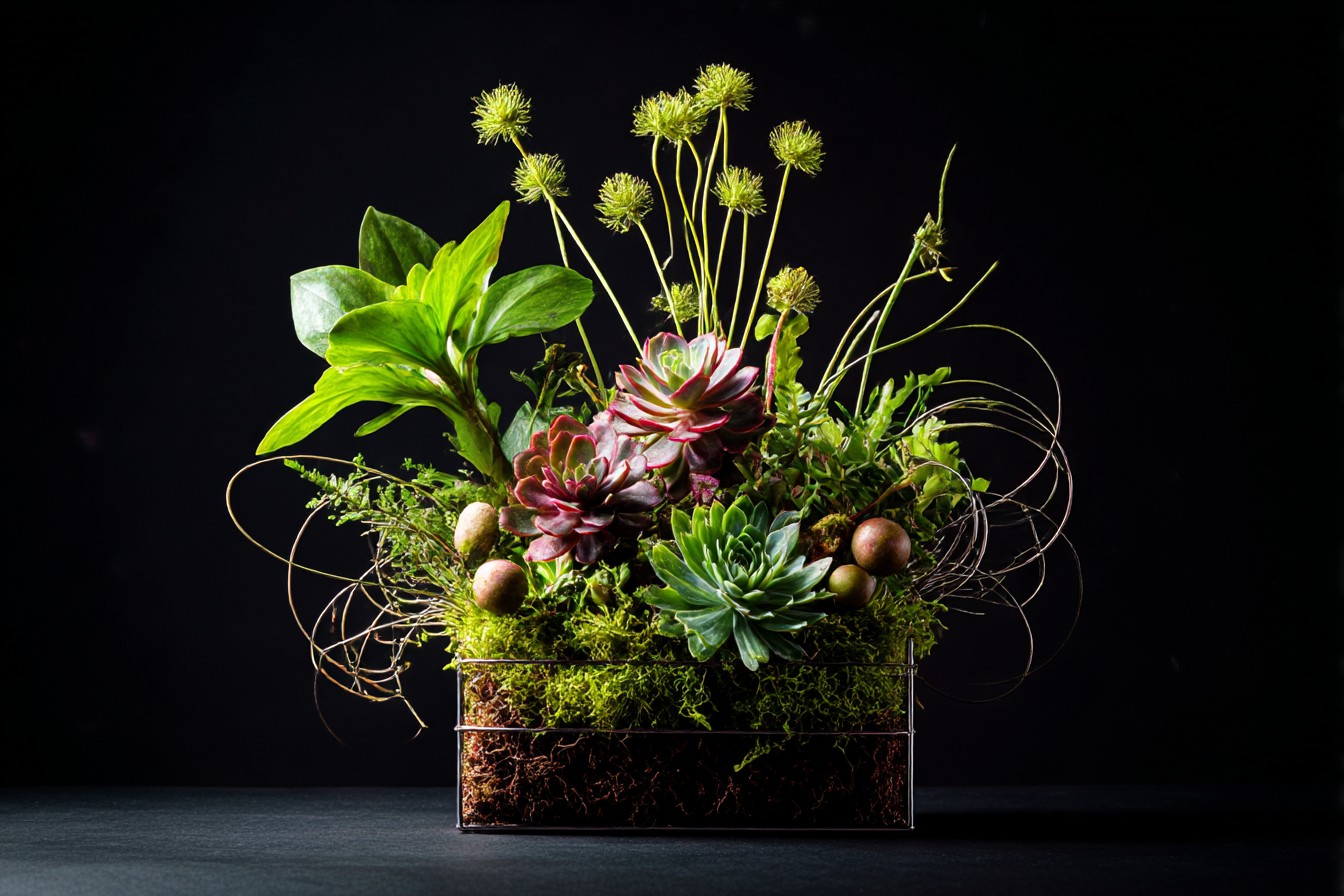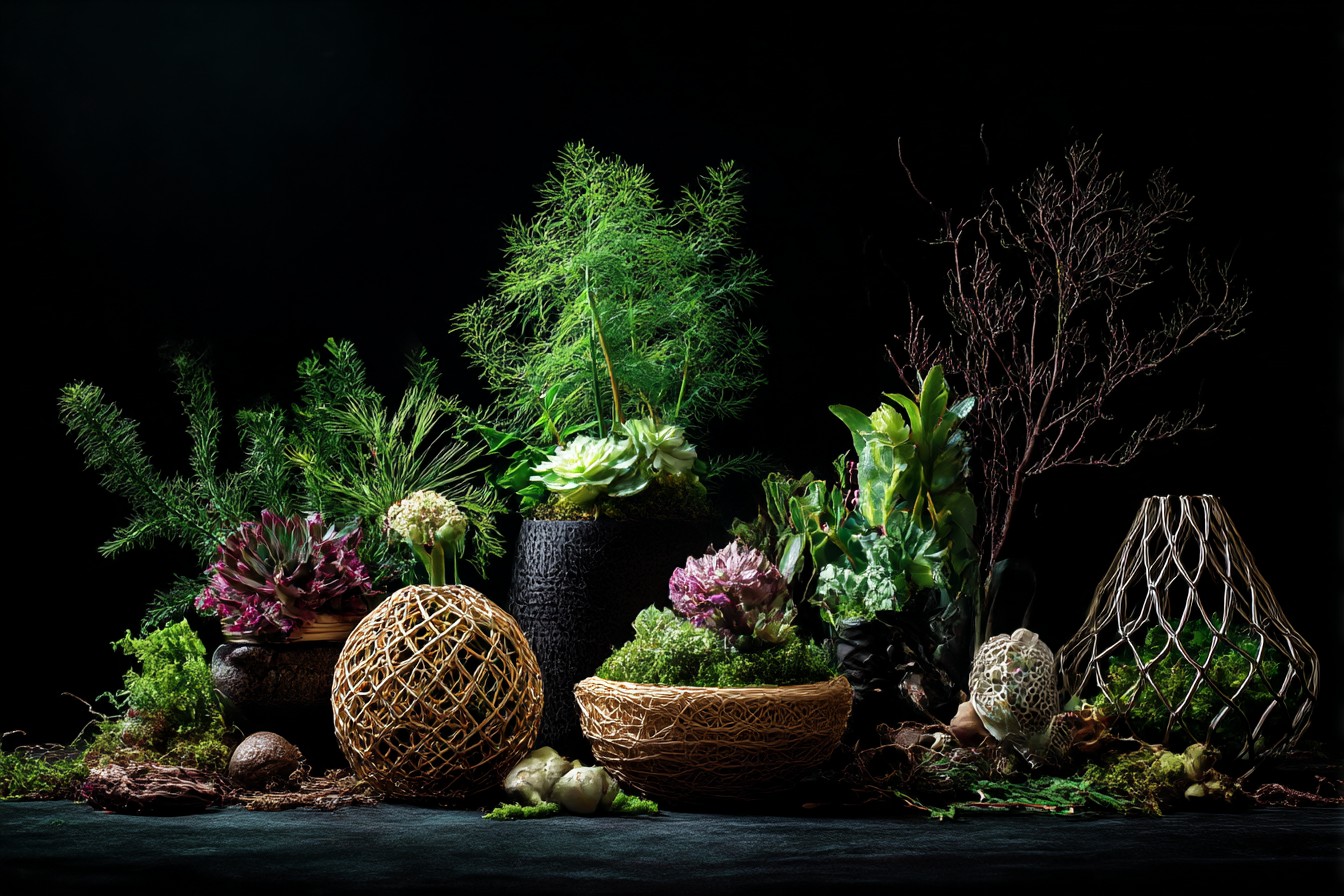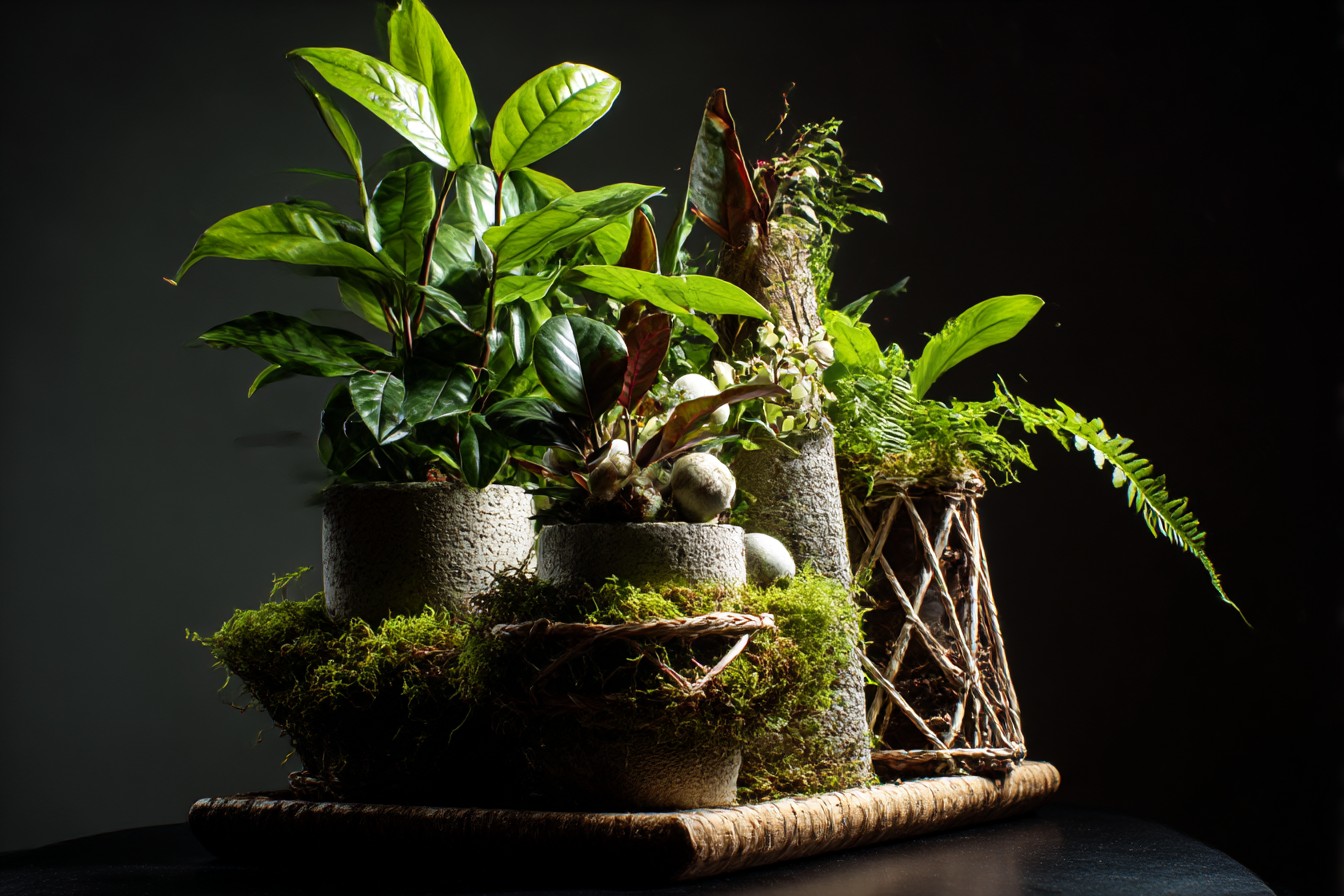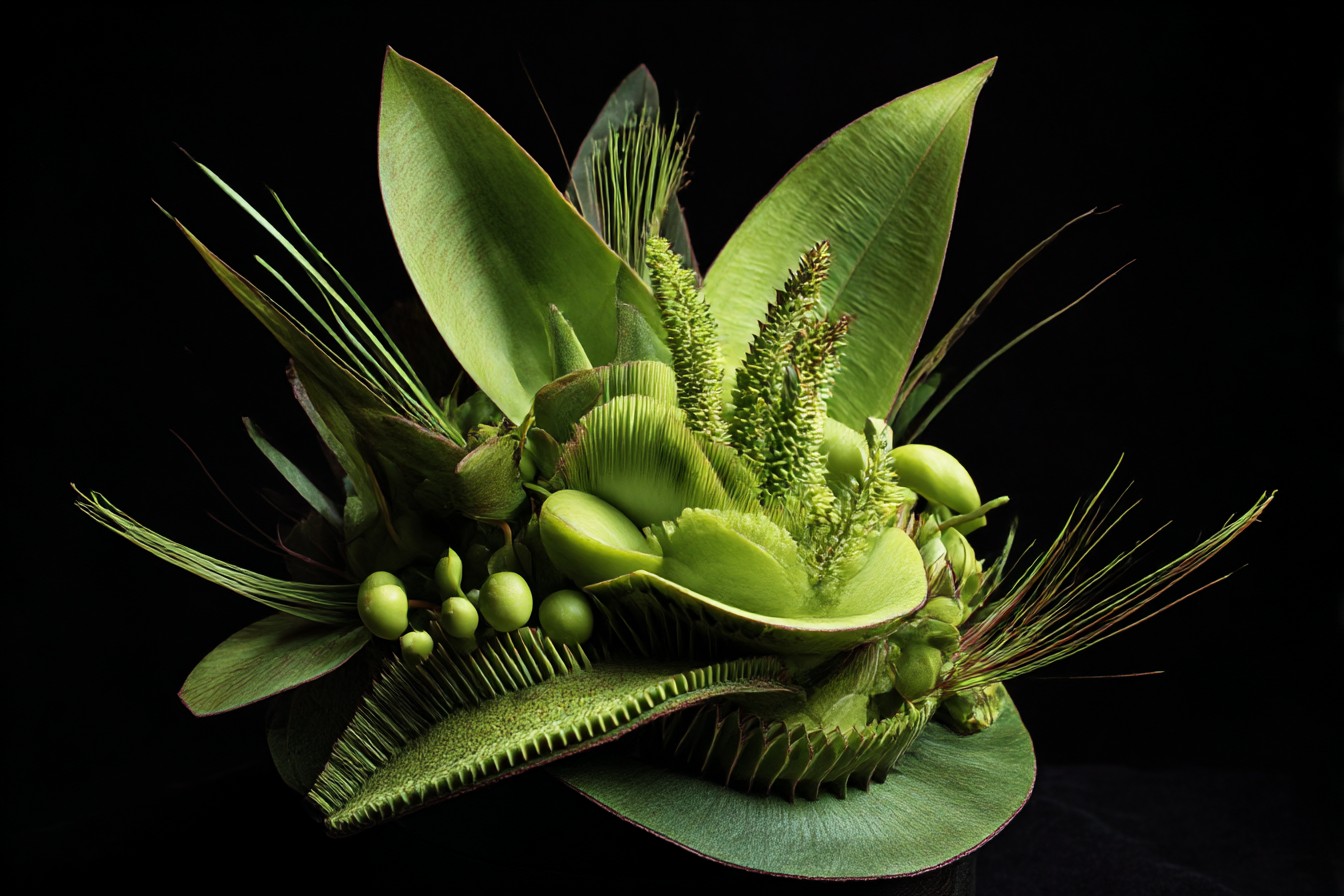I remember the first time I tried to give someone a plant as a gift. I was 23, broke, and desperate to impress my then-boyfriend’s mother during my first visit to their family home in Norwich. Not knowing what to bring and with approximately £7.50 to my name, I picked up a sad-looking cactus from the corner shop near the train station.
“It’s perfect!” I convinced myself. “Low maintenance, long-lasting, and she’ll think of me every time she looks at it!”
When I proudly presented this prickly specimen (still in its plastic pot with the £2.99 sticker barely hidden), his mum looked at it as if I’d handed her a dead mouse. Turns out she was an award-winning gardener with a greenhouse full of exotic orchids. My pathetic cactus—which I later discovered was spray-painted green to look healthier—sat on a windowsill gathering dust until it eventually, mysteriously, disappeared.
Bloody hell, what a disaster.
Fast-forward fifteen years, and I’ve somehow become the person friends and family expect living plants from. Not because I’m particularly green-fingered (Charlie would laugh himself silly at that suggestion), but because I’ve spent the intervening years figuring out which plants actually make good gifts and, more importantly, how to present them so they feel special rather than like a chore being handed over.
Look, I’ve had my fair share of plant-giving disasters. There was the time I gave my best friend Priya a gorgeous Japanese peace lily for her new flat, completely forgetting she travels constantly for work. Six weeks later, I visited to find what can only be described as a pot of crispy brown sticks. “I loved it so much,” she said sadly, “but I think I loved it to death.” I’ve given temperamental ferns to forgetful people, sun-loving succulents to those living in basement flats, and once, in a moment of complete madness, gifted a Venus flytrap to my seven-year-old nephew (his mother still hasn’t forgiven me for that one).
But I’ve also had some absolute wins—plants that thrived, brought joy, and didn’t make me feel like I was saddling someone with a green obligation they never asked for.
So what have I learned from all this plant-giving chaos? Quite a lot, actually.
First off, know your recipient. I mean, REALLY know them. Not just their aesthetic preferences or how lovely that monstera would look in their living room, but their actual lifestyle. Are they home enough to water something regularly? Do they travel for weeks at a time? Are they the type to feel guilty when something dies under their care? My friend James still mentions the orchid I gave him three years ago that he “murdered” within a month. He brings it up after a few pints—”Remember when you trusted me with a living thing and I failed completely?” Some people don’t need that kind of responsibility, you know?
The most successful plant gifts I’ve given have matched the person’s lifestyle perfectly. For my perpetually busy sister-in-law who can barely remember to water herself, let alone a plant, a collection of air plants in little glass terrariums worked brilliantly. They needed just an occasional misting, looked properly artsy hanging in her kitchen window, and survived her three-week holiday to Greece. Win!
For my dad, who’s meticulous about routines but knows absolutely nothing about plants, I got a peace lily with very specific instructions written on a card: “Water every Monday. One cup only. Don’t move me.” Seven years later, it’s enormous and he’s absurdly proud of it. He introduces visitors to “Emma’s plant” as if it’s another family member.
Here’s what I’ve learned works well for almost everyone: succulents. And I don’t mean just any old basic succulent—I’m talking about carefully selected, interesting varieties arranged thoughtfully. My go-to gift for housewarming parties is a shallow ceramic bowl with three different types of small succulents planted together. They’re nearly impossible to kill (unless you love them too much with overwatering), they grow slowly so they don’t need repotting for ages, and they look intentional rather than like something grabbed last-minute from a supermarket shelf.
The second crucial thing I’ve learned is that presentation transforms a plant from “here’s a thing that needs care” to “here’s a thoughtful gift.” Early on, I would just hand over plants in their nursery pots, possibly with the plastic wrapper still on, thinking the plant itself was the gift. Rookie mistake! Now I know the pot is at least 50% of the present.
I once spent more on a handmade ceramic pot than on the actual snake plant it contained, but my friend Lucy still has it displayed prominently in her hallway four years later. “I would have killed any other plant,” she told me recently, “but this one looked too nice in that pot to neglect.” The right container turns a plant from a responsibility into decor.
For special occasions, I’ll often include a small watering can that matches the pot (IKEA does brilliant little ones for about a fiver) or a mister for humidity-loving plants. It’s practical but also makes the whole thing feel like a proper gift set rather than just… well, foliage.
The third big lesson has been about which specific plants actually survive in most homes. After many tragic plant deaths on my conscience, I’ve developed a mental tier list of gift-worthy houseplants based on hardiness and forgiveness:
Top tier (nearly indestructible): snake plants, ZZ plants, pothos, spider plants
Mid tier (need some attention but forgiving): peace lilies, rubber plants, philodendrons
“Only for people who actually like plants” tier: fiddle leaf figs, orchids, maidenhair ferns
I gave my mother-in-law a ZZ plant five years ago when she moved to a ground-floor flat with terrible lighting. That thing has survived power cuts, heating failures during a particularly brutal winter, and her tendency to forget it exists for weeks at a time. It’s practically thriving on neglect! Meanwhile, the calathea I bought Charlie for his home office lasted approximately 17 days before its leaves curled up in despair. Lesson learned.
The most successful plant gift I’ve ever given was actually for my friend Mira’s 30th birthday. Instead of a single plant, I created what I grandly called a “desktop garden”—a long, narrow planter with three different succulents, a tiny air plant on a small rock, and a miniature jade plant, all nestled in pretty stones. I included a card with minimal care instructions and a tiny copper mister.
Three years later, she’s expanded this little garden across her whole windowsill, propagating new plants from the originals. “It’s become my little hobby,” she told me. “Whenever I feel stressed at work, I look over at them and feel better.” That’s when a plant gift becomes something special—when it sparks joy beyond just being an attractive object.
Of course, I’ve had my share of plant gift disasters too. The worst was probably the herb garden kit I gave my brother and his wife when they bought their first house. I imagined them plucking fresh basil and mint for cooking, enjoying the fragrance of homegrown herbs… I had visions of them thanking me while serving pasta with their own homegrown basil garnish.
Two months later, I visited to find the herbs had not only died but had developed some sort of fungus that had spread to their other houseplants. “We’ve been calling it the herb apocalypse,” my brother said cheerfully, showing me the wasteland of brown stems and white fuzz. “Turns out neither of us remembered to water anything, ever.” I’m now banned from giving them anything that requires more care than a scented candle.
The thing about giving plants as gifts is that they’re actually quite personal. You’re not just giving someone a pretty object; you’re giving them a living thing that requires a relationship of sorts. Some people find that meaningful and therapeutic. Others find it stressful. I’ve learned to suss out which camp someone falls into before I start soil shopping.
For those who might feel burdened by plant care, I’ve discovered that small succulents in beautiful containers with stones or sand arrangements work well—they look more like decorative objects that happen to be alive rather than demanding dependents. For people who travel often, air plants or truly neglect-proof options like snake plants are best. And for those who already have plenty of plants? I go for unusual varieties they might not have, or beautiful accessories like handmade plant misters or decorative watering cans.
The most thoughtful plant gift, though, often comes with a bit of story or meaning attached. When my friend Sophie started her own business, I gave her a small money plant (Pilea peperomioides) in a nice pot with a note explaining that it’s known for bringing prosperity and that it produces lots of baby plants she could share with others as her business grew. Four years on, she’s given “baby pileas” to all her major clients. “It’s become part of my brand story,” she told me. “People actually ask about them now.”
I think that’s the key to giving plants well—finding that sweet spot between something that will survive in their specific environment and something that carries a bit of meaning beyond just being green and pretty. A jade plant for prosperity in a new home, a peace lily for someone who needs a bit of calm, or a string of hearts for someone you, well, love.
Oh, and one final tip I’ve learned the hard way—always check for pets before giving plants! I once gave a gorgeous lily to a colleague, only to have her panic-text me that evening: “Had to put it on top of the kitchen cabinets—apparently highly toxic to cats???” Now I keep a list in my phone of pet-friendly plants (spider plants, certain palms, and hoyas are all safe bets for cat households).
The best part about giving plants is that, when done right, they’re gifts that literally grow and evolve over time. Unlike flowers that wither within days or chocolates that disappear in one Netflix session, a well-chosen plant can become part of someone’s home for years. My aunt still has the jade plant I gave her when I was in university—it’s now massive and takes pride of place in her conservatory. “I’ve named it Emma Junior,” she told me, which is either sweet or slightly weird, I haven’t decided.
So if you’re considering giving someone a plant, take it from me—match the plant to the person, not to what looks prettiest in the garden centre. Put some thought into the presentation. And maybe, just maybe, don’t start with a spray-painted cactus for someone who grows prize-winning orchids. Trust me on that one.






Leave a Reply